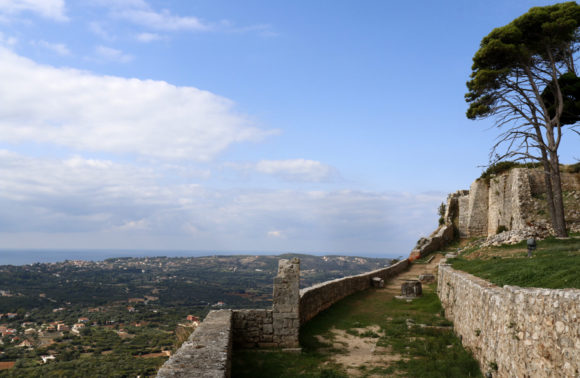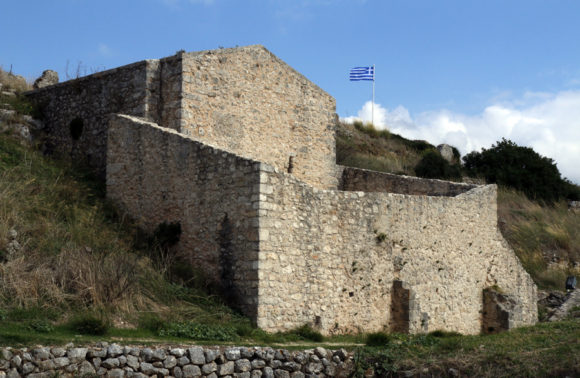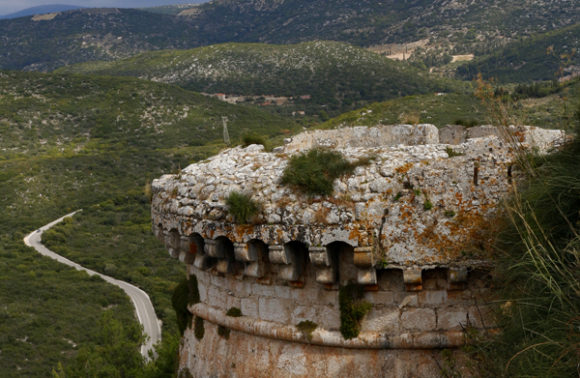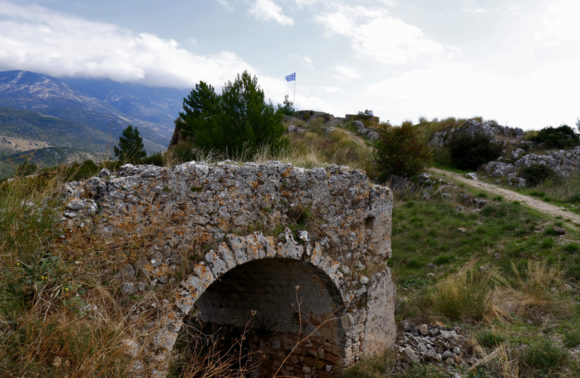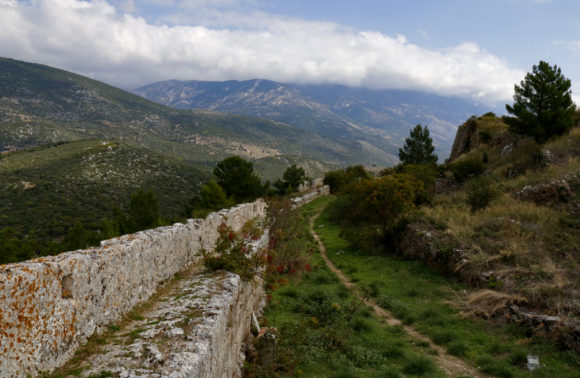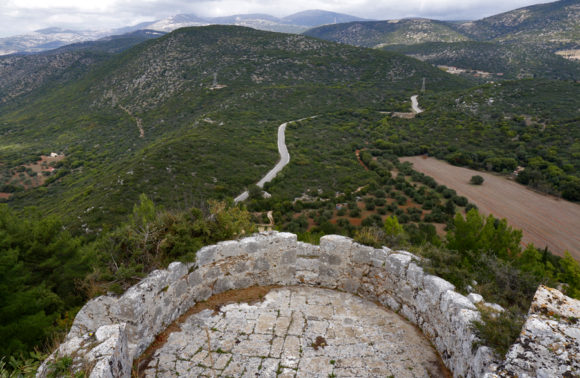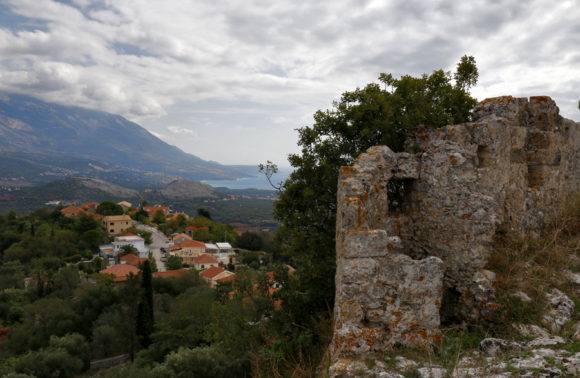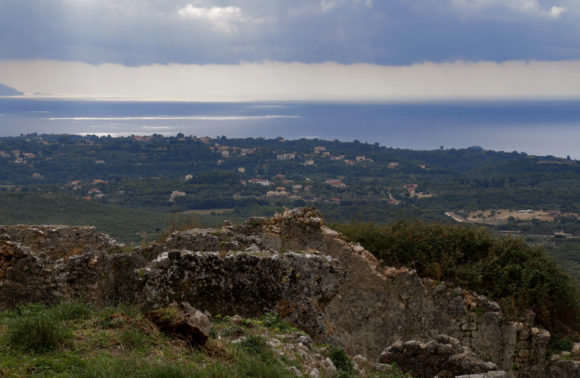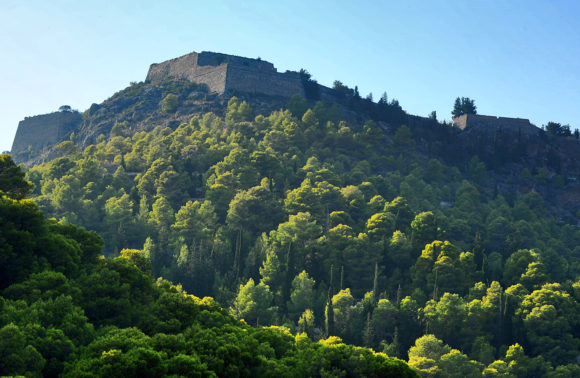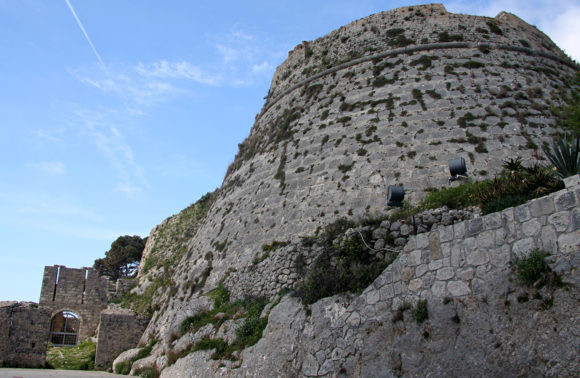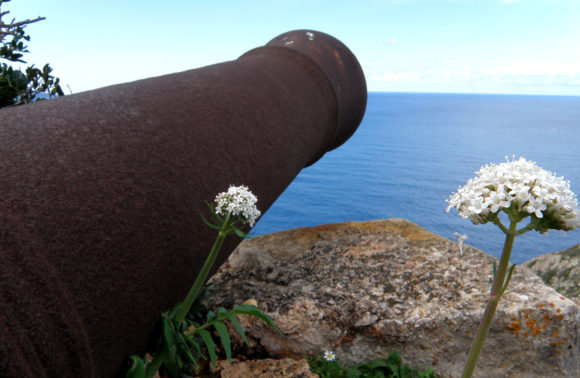The island of Kefalonia has a long, multicultural history by conquerors of the past who have left traces visible today and a great earthquake has passed that completely changed the scene. Half-ruined settlements abandoned by the great Ionian earthquake in 1953 and medieval stone castles, all dominated by the power of nature with trees and vegetation growing through the stones, create the ultimate sense of time travel. Let’s explore them!
The old village of Farsa : The catastrophic earthquake of 1953 forced the inhabitants of the village of Farsa to leave their settlement in a hurry and rebuild their lives a little further south. The ruins of the old settlement remain motionless, while scattered small objects, such as teaspoons, dismembered dolls and pieces of porcelain show the speed of abandonment.
Vlachata Sami : Before the catastrophic earthquake of 1953, the old village of Vlachata was located near Sami. The settlement was then abandoned by its inhabitants and now spreads half-destroyed among the trees that grow between the damaged walls. From the summer of 2012, almost 60 years later, the “Saristra Production Team”, under the creative guidance of the cultural association “Aegialos”, revives the “old” village every year, organizing the Saristra festival in its ruins, with performances, live bands and art video screenings on the damaged walls.
Agios Georgios Castle : From 300 meters above sea level, the castle watches everything, since it was built 800 years ago. It was the residence of nobles and officials and was the capital of Kefalonia for centuries. Within a 600-meter perimeter of walls, ramparts and watchtowers, they could spot pirate ships 20 miles away on a clear day. When the capital was moved to Argostoli in 1757, life in the castle faded and all interest in it was lost. Today, the castle is in ruins and only a few buildings survive, but it still shows its grandeur. It was not only the damage over time and the wars, it also suffered a lot from the catastrophic earthquake in 1953.
Assos Castle : Built on the top of the Assos Peninsula, it is the largest of the two castles in Kefalonia. It was built by the Venetians in the 16th century on the west coast of the island, in order to protect the village of Assos from pirates. The last inhabitants lived inside the castle walls until the end of the sixties. They were known as the Kastrinos and were groups of large families who lived from the cultivation of olives and grapes. The castle housed more than twice the number of inhabitants of the present-day village of Assos with about 200 houses, as well as many public buildings. The strategic location of the Castle allowed the supervision of the entire sea area and from there you can have a beautiful view of the bay.

